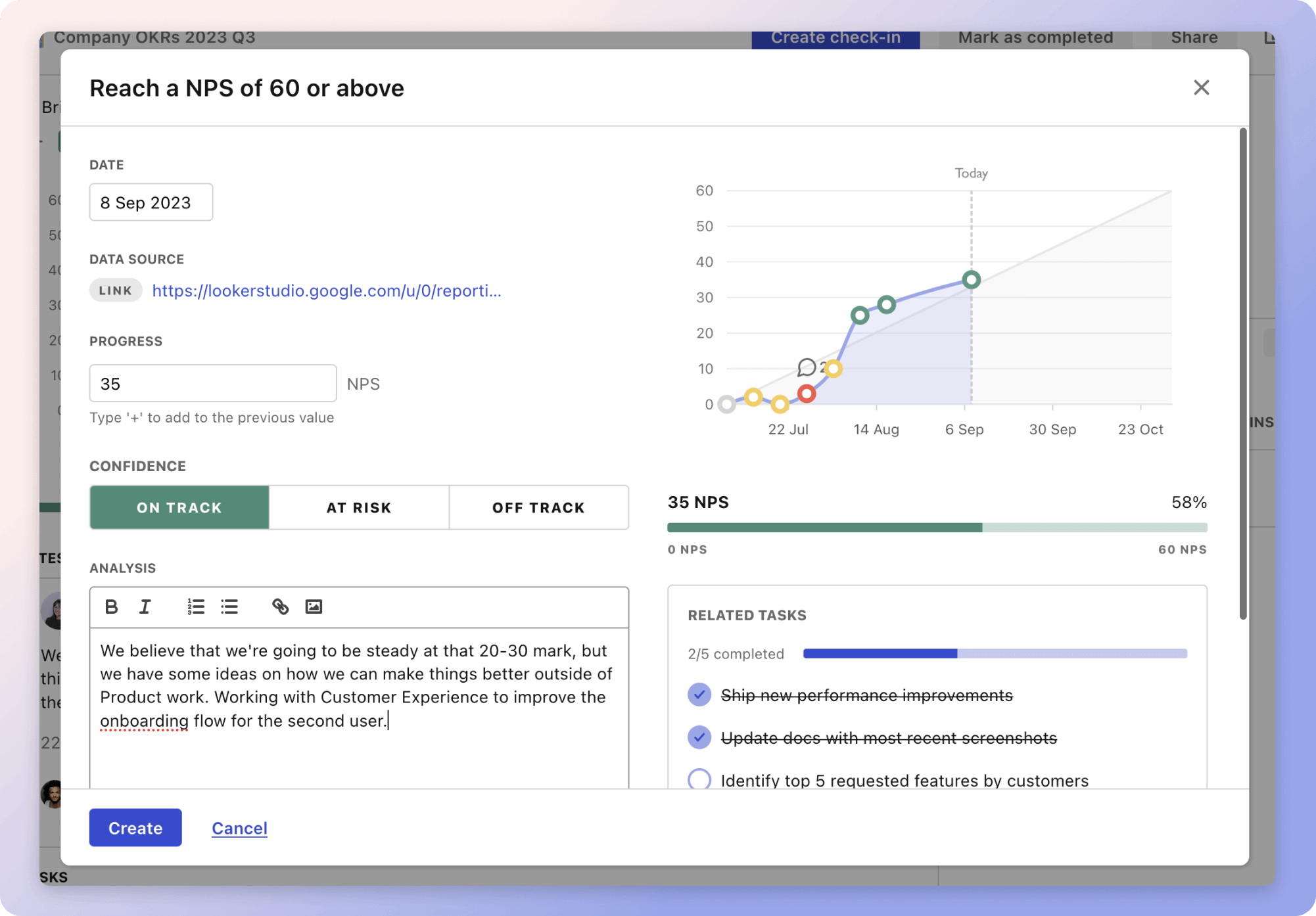The strategy for "Providing executive support to company VPs" focuses on enhancing the efficiency and effectiveness of the VPs. The first key approach is to streamline communication channels. This involves establishing a centralized calendar, setting up weekly updates, and using project management and messaging tools to ensure everyone is informed. For example, a central calendar can help prevent scheduling conflicts, allowing VPs to focus better on strategic goals.
Another aspect is enhancing decision-making support by conducting industry analyses and building a resource repository. This can be vital in situations where VPs need quick access to critical information for informed decision-making. Organizing brainstorming sessions and utilizing analytical tools further bolster this initiative by facilitating strategic discussions and insights.
The strategy also includes facilitating operational efficiency through optimized meeting schedules and standardized administrative procedures. By introducing workflow automation, the VPs can save time and reduce manual workloads. Additionally, improving delegation practices and organizing team-building activities can support VPs in maintaining a productive and cohesive work environment.
The strategies
⛳️ Strategy 1: Streamline communication channels
- Establish a centralised calendar system to manage VPs' schedules effectively
- Set up weekly update meetings with each VP to discuss priorities
- Utilise a project management tool to track ongoing tasks and deadlines
- Ensure all relevant stakeholders are included in communication loops
- Create standardised templates for regular reports and presentations
- Implement a priority matrix to help VPs categorise tasks
- Schedule brief daily check-ins to quickly address urgent issues
- Automate routine communication using email scheduling tools
- Develop a digital dashboard for quick access to key metrics
- Use instant messaging apps to facilitate real-time communication
⛳️ Strategy 2: Enhance decision-making support
- Conduct regular industry analysis reports to inform strategic decisions
- Develop a resource repository with key documents, articles, and data
- Create a systematic approach for gathering team feedback and insights
- Organise roundtable discussions for brainstorming with key stakeholders
- Refine data presentation to highlight actionable insights clearly
- Utilise analytical tools to convert data into strategic recommendations
- Prepare scenario analyses to inform potential decision paths
- Schedule time for VPs to engage with external experts or peers
- Develop a framework for tracking decision outcomes and learnings
- Provide concise executive summaries for complex reports
⛳️ Strategy 3: Facilitate operational efficiency
- Optimise meeting schedules to minimise disruptions and overlaps
- Implement an appointment scheduling tool for external meetings
- Standardise procedures for recurring administrative tasks
- Introduce workflow automation tools to reduce manual workloads
- Regularly review and update administrative procedures
- Provide training sessions on time-management best practices
- Identify and mitigate redundancies in operational processes
- Coordinate travel logistics to maximise time efficiency
- Organise regular team-building activities to boost productivity
- Analyse and improve delegation practices among VPs
Bringing accountability to your strategy
It's one thing to have a plan, it's another to stick to it. We hope that the examples above will help you get started with your own strategy, but we also know that it's easy to get lost in the day-to-day effort.
That's why we built Tability: to help you track your progress, keep your team aligned, and make sure you're always moving in the right direction.

Give it a try and see how it can help you bring accountability to your strategy.
